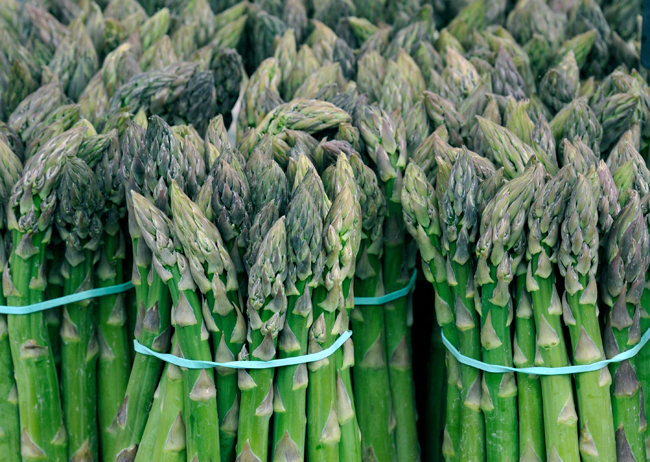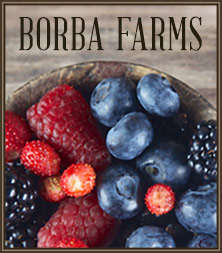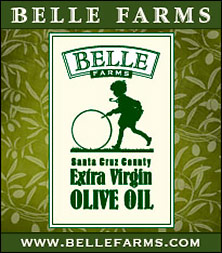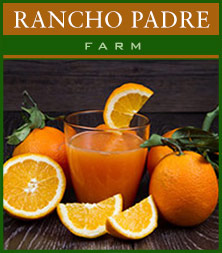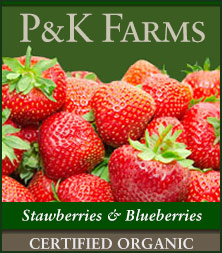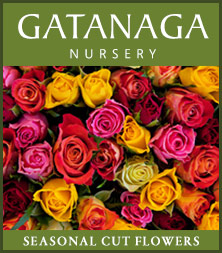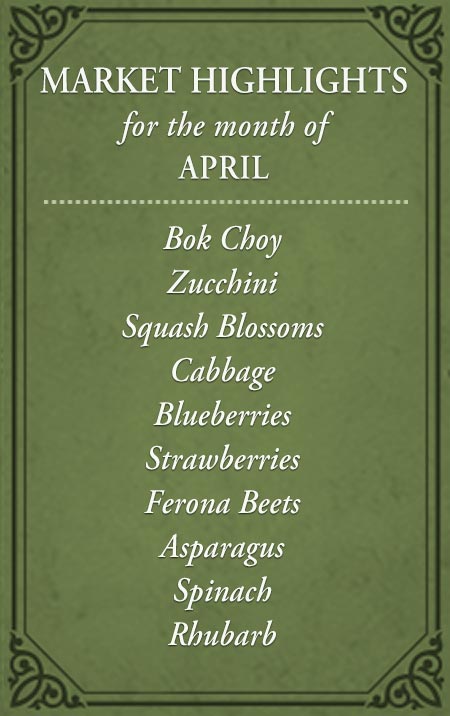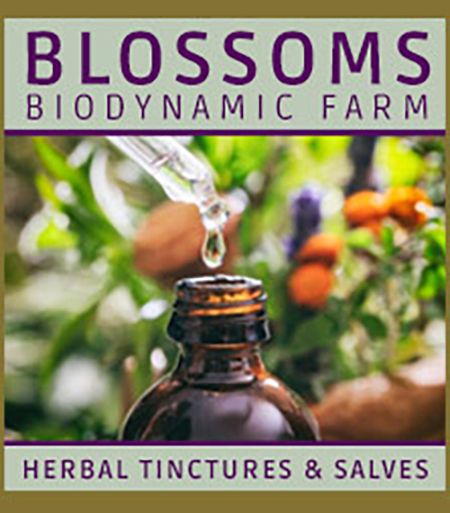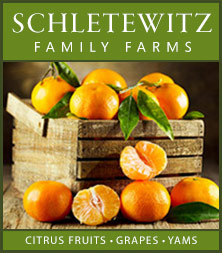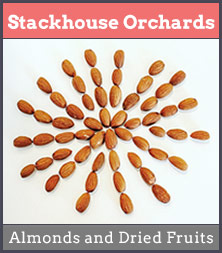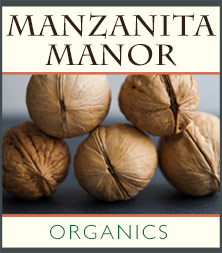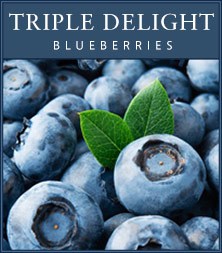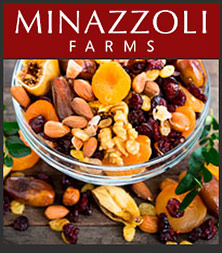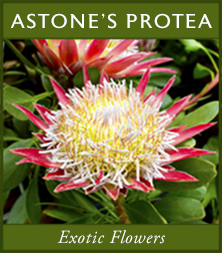Once considered a Roman delicacy, asparagus is a perennial vegetable that is a member of the lily family. The “spears” are the shoots from an underground crown. It takes about three years for crowns to mature to the point of producing, but once they do, the crowns produce asparagus for about 20 years. Spears are harvested in the spring when 6-8 inches tall.
Here are some interesting facts about asparagus:
- Asparagus is a member of the lily family and is closely related to garlic and onions.
- California grows about 70% of the asparagus crop in the United States.
- California grows over 50,000 tons of grass per year.
- It takes approximately three years from seed to harvest before asparagus can be picked. That’s quite a commitment!
- Eating asparagus is good for your liver. Supposedly it helps with hangovers, too.
- Once planted, asparagus plants can live for about 15 years.
- White and green asparagus are from the same plant — the difference in color is due to sunlight exposure (or lack of it)
- Asparagus can grow up to 7 inches a day if the weather is warm.
- The favorite vegetable of King Louis XIV — asparagus!
- If you crush and rub some asparagus on a bee sting, it will take the pain away.
Super Nutritious!
Asparagus is not only prized as an epicurean delight but also for its medicinal properties, too. It is one of the most nutritionally well-balanced vegetables in existence. It leads nearly all produce items in the wide array of nutrients it supplies in significant amounts for a healthy diet.
Asparagus is the leading supplier among vegetables of folic acid/ A 6- ounce serving provides more than 60% of the recommended daily allowance for folacin which is necessary for blood cell formation, growth, and prevention of liver disease. Folacin has been shown to play a significant role in the prevention of neural tube defects, such as spina bifida, that cause paralysis and death in 2,500 babies each year.
However, asparagus contains a natural substance called purines commonly found in plants, animals, and humans. Purines metabolize into uric acid and act as an antioxidant for most of us. However, individuals with health conditions related to high levels of uric acid, such as gout or kidney stones, may need to limit or avoid asparagus.
How to Select
Look for firm, thin stems with deep green or purplish closed tips. The cut ends should not be too woody, although a little woodiness at the base prevents the stalk from drying out. Try to select spears all of the same size and diameter so that they will cook at the same rate.
How to Store
Stand the spears upright in a jar with a little water at the bottom, or wrap the ends in a damp paper towel. Try to eat within a day or two after purchasing for best flavor.
RECIPES: How to Cook Asparagus, Asparagus and Sausage Scramble, Sausage Vegetable Frittata, Asparagus and Crab Hollandaise, Saute of Thick Asparagus and Oyster Mushrooms, Asparagus, Spinach and Green Garlic Strata, Creamy Lemon Dressing for Asparagus, Cream of Asparagus Soup, Linguine con Verdue, Basic Grilled Asparagus, Asparagus Wrapped with Crispy Prosciutto, Dairy Free Creamy Asparagus Soup, Grilled Asparagus with Romesco Sauce, Roasted Cremini Mushrooms with Asparagus, Easy Creamy Orzo with Asparagus and Parmesan


